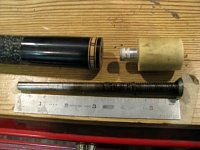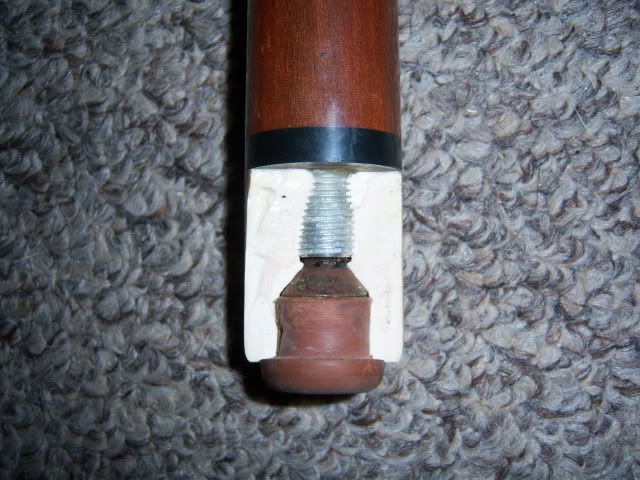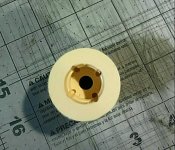Was it common for “weight bolts” to be epoxied in back in the day and used as connectors? I’m new at this (so there a ton that will surprise me) of course, but I was surprised to see that this weight bolt was used to join the butt cap to the sleeve. Wasn’t expecting I’d need to use the torch for this cracked butt cap repair job...
So my question is...was the original Huebler work, or a repair done this way?


So my question is...was the original Huebler work, or a repair done this way?





